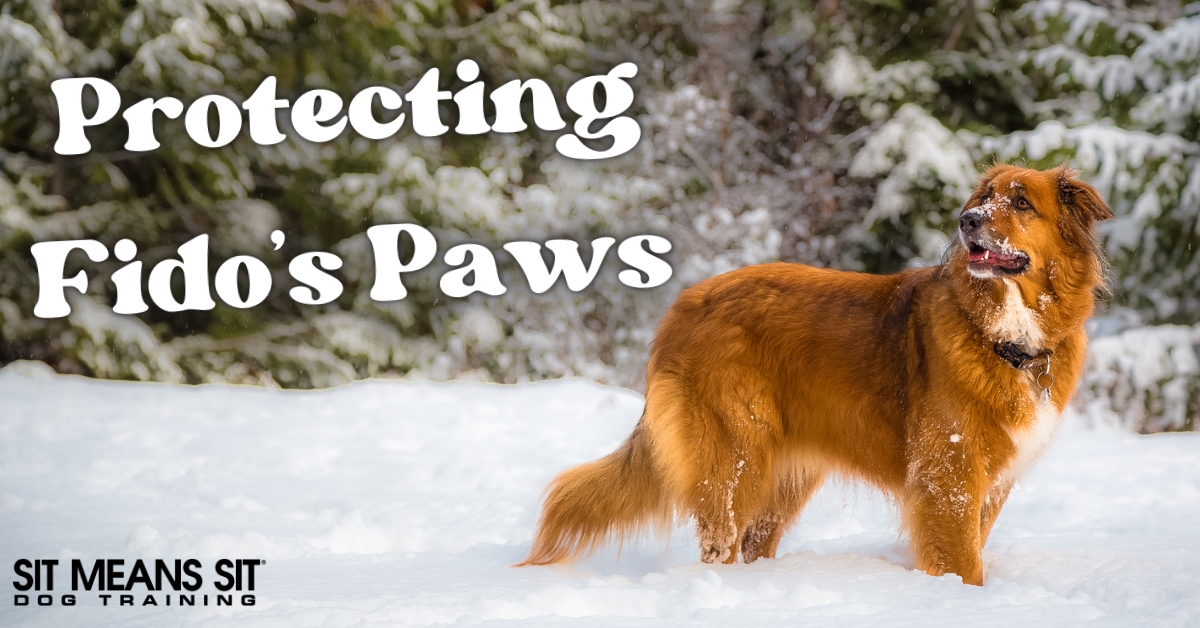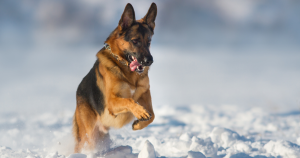
Protecting Your Dog’s Paws in the Winter: A Full Guide
As winter blankets the world in a chilly embrace, it’s not just us humans who need to bundle up – our furry friends deserve a little extra TLC! The winter season can be harsh on your dog’s paws, with cold temperatures, snow, and ice posing potential hazards. Keep reading to explore tips and tricks to keep your canine companion’s paws safe and sound during the frosty months!

Inspect and Groom
Start by inspecting your dog’s paws regularly. Trim the hair between the paw pads to prevent ice buildup and matting. Keeping the fur short in this area also reduces the risk of salt or de-icing chemicals getting trapped.
Moisturize
Cold winter air leads to dry, cracked paw pads. Pamper your pup’s paws with a dog-friendly paw balm or moisturizer! Apply it regularly, especially before walking, to keep those paws soft and supple.
Protective Booties
Consider investing in high-quality dog booties! Booties provide a barrier against cold surfaces, snow, and ice, preventing your dog’s paws from becoming too cold or exposed to harmful substances. Make sure the booties fit snugly but comfortably, and introduce them gradually to allow your dog to get used to wearing them. If your dog hates wearing accessories, check out Musher’s Secret paw wax as an alternative!
Wipe Those Paws
After walks, wipe your dog’s paws with a damp cloth to remove any salt, de-icing chemicals, or snow! Pay special attention to the spaces between the paw pads. This simple practice prevents your pup from ingesting harmful substances when they inevitably lick their paws.
Choose Paw-Friendly Paths
Opt for routes that are less likely to be treated with de-icing chemicals. Some communities use pet-safe alternatives like sand or non-toxic ice melt, which can be gentler on your dog’s paws!
Limit Exposure to Extreme Cold
Dogs, just like us, have their limits regarding the cold! In extremely low temperatures, limit outdoor exposure and opt for shorter walks. If your dog shows discomfort, such as lifting paws or shivering, it’s time to head indoors!
Hydrate and Nourish
Finally, both winter air and central heating can contribute to dehydration! Ensure your dog stays well-hydrated, and consider adding a bit of coconut oil or omega-3 fatty acids to their diet for an extra dose of skin and paw health.
